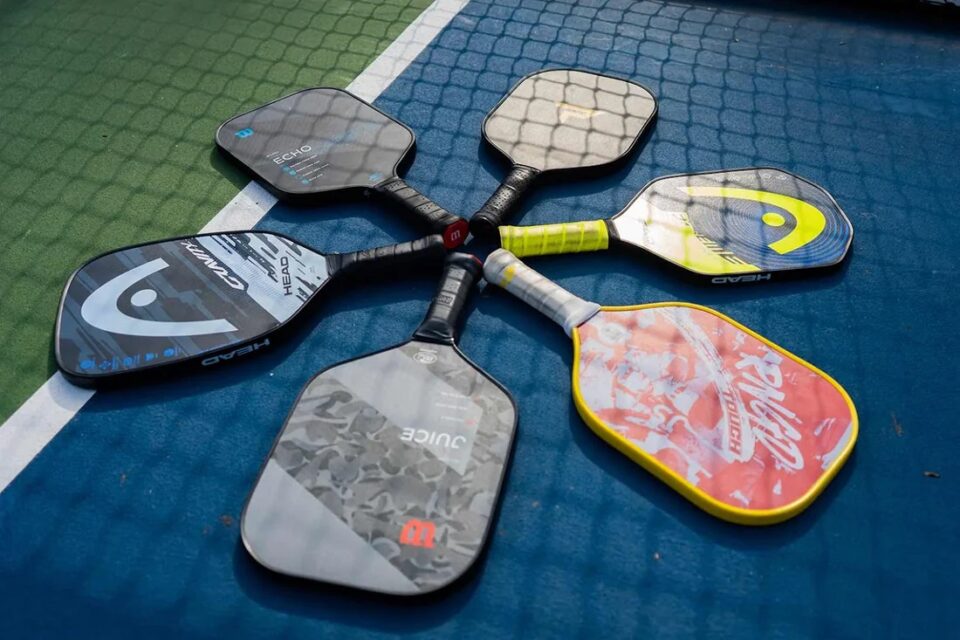One of the most crucial factors influencing pickleball performance is paddle weight. Choosing the right weight can significantly impact your ability to control the ball and generate power. Heavier paddles tend to provide more power, allowing players to hit stronger shots with less effort. However, they can also cause quicker fatigue and reduce maneuverability, especially during fast exchanges at the net. On the other hand, lighter paddles offer better control and quicker reaction times but may require more effort to generate powerful shots. Finding a paddle weight that matches your playing style and physical strength is essential for maintaining balance between control and power throughout the game.
Material Matters: Impact on Performance and Durability
The material used to make a pickleball paddle affects both how it plays and how long it lasts. Paddles typically come with cores made from polymer, nomex, or aluminum, and faces crafted from graphite, composite, or wood. Graphite paddles, known for being lightweight and responsive, offer excellent touch and control, making them popular among intermediate and advanced players. Composite paddles often provide a balance between power and control, while wooden pickleball paddles are heavier and less forgiving but are usually more affordable. Selecting the right material can enhance your shot accuracy, ball speed, and overall paddle responsiveness—key components for elevating your game.
Grip Size: Enhancing Comfort and Injury Prevention
Grip size is another essential aspect of paddle selection that can influence performance and health. Using a paddle with the correct grip size helps players maintain a firm and comfortable hold, preventing the paddle from slipping during play. A grip that’s too small can lead to excessive wrist movement and overuse injuries like tennis elbow, while a grip that’s too large may reduce wrist flexibility and hinder quick maneuvering. Proper grip size supports optimal hand positioning, reduces strain, and improves control, allowing you to play longer without discomfort or injury.
How Paddle Choice Affects Shot Accuracy and Control
The combination of weight, material, and grip size directly impacts your ability to control the ball and place shots accurately. A well-matched paddle allows players to execute precise dinks, volleys, and smashes with confidence. For instance, paddles with graphite faces and polymer cores offer superior responsiveness, enabling subtle touches and quick adjustments. Meanwhile, the right grip size ensures the paddle moves naturally with your hand, enhancing feel and reducing unintentional mishits. Choosing the correct paddle empowers players to maintain consistent shot placement, which is critical for winning points and outsmarting opponents.
Injury Prevention Through Proper Equipment
Beyond performance, selecting the right pickleball paddle also plays a vital role in injury prevention. Using a paddle that’s too heavy or has an improper grip can lead to muscle fatigue, joint pain, and repetitive stress injuries. Players often underestimate how equipment influences their physical health over time. By investing in a paddle tailored to your specific needs, you reduce the risk of common injuries such as wrist tendonitis, elbow strain, and shoulder discomfort. Ensuring comfort and ergonomics in your paddle choice helps sustain long-term playability and enjoyment of the sport.

